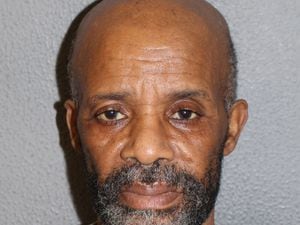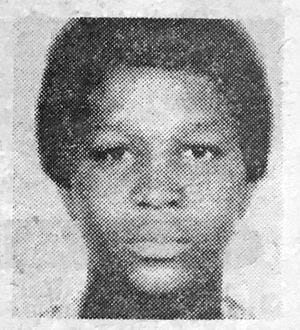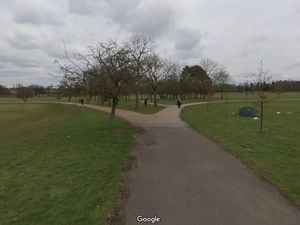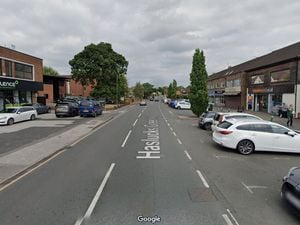Failings allowed serial killer who threw wife off Wolverhampton balcony to kill again
A serial killer who threw his wife off a balcony in Wolverhampton was not stopped from killing his third partner because authorities were "entirely reliant" on him reporting the fact he was in a relationship, a coroner has ruled.

Theodore Johnson, 67, is three years into a minimum 30-year jail sentence for the murder of Angela Best, who he bludgeoned with a claw hammer and strangled with a dressing gown cord in 2016.
Ms Best was killed 35 years after Johnson pushed his first victim, 25-year-old Yvonne Johnson, off a ninth-floor balcony in Blakenhall, Wolverhampton, in 1981.
He went on to kill another partner in 1992 before meeting his final victim Ms Best.
Despite his past crimes, Johnson had been released back into society by 1997. He had been sentenced to a hospital order after being convicted of manslaughter by grounds of diminished responsibility for the second killing.
An inquest into the death of Ms Best heard how one of the conditions of Johnson's release was that he must alert authorities if he began another relationship. He never did and was allowed to spend 19 years with her before killing her in London.
Mary Hassell, senior coroner for inner North London, who ruled Ms Best was unlawfully killed, said the self-reporting condition had been imposed despite Johnson being "known to have been untruthful about his relationship status".
After throwing his first victim Ms Johnson from the balcony, he was convicted of manslaughter on the grounds of provocation and given just a a three-year jail term.

Once he was out he met Yvonne Bennett, whom he lived with in Wolverhampton. The couple, who had a daughter together, later moved to north London where in 1992 Johnson strangled Ms Bennett with a belt after she had an affair with another man.
Ms Hassell said: "In the late 1990s, he entered into a relationship with Angela Best. He did not disclose this to his supervising team. They asked him on many occasions if he was in a relationship with a woman.
"He repeatedly and emphatically told them that he was not in a relationship, and that he did not want so to be.
"His mental health was continuously assessed and it did not change.
The reason that this man’s relationship with Angela Best was not detected by the authorities was because they were almost entirely reliant on his self reporting of such a relationship. While successive mental health trusts were responsible for monitoring his adherence to the conditions of his discharge, no person or organisation had the role, responsibility or power to investigate that adherence.
"The self-reporting condition was imposed in 1997, at which time he was already known to have been untruthful about his relationship status."





